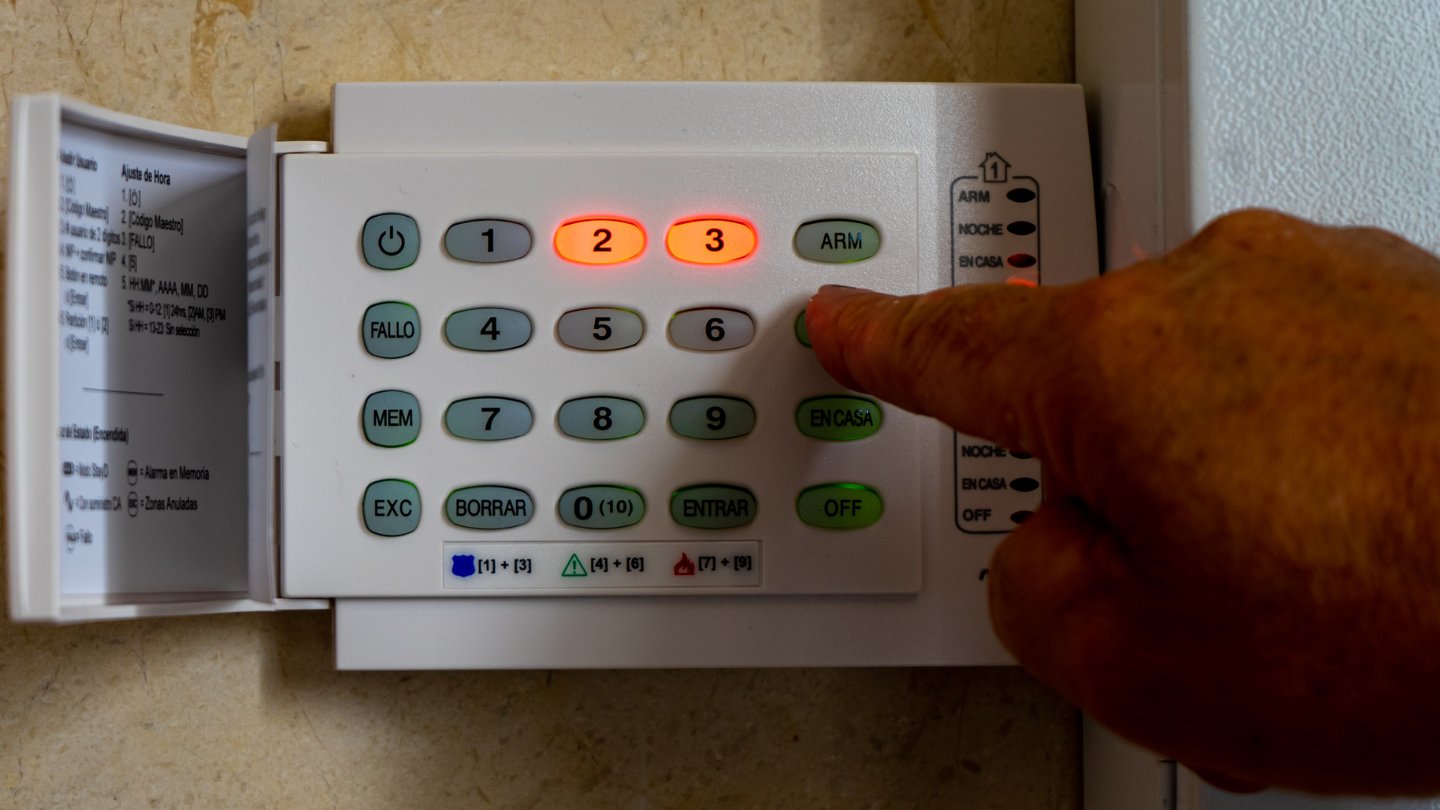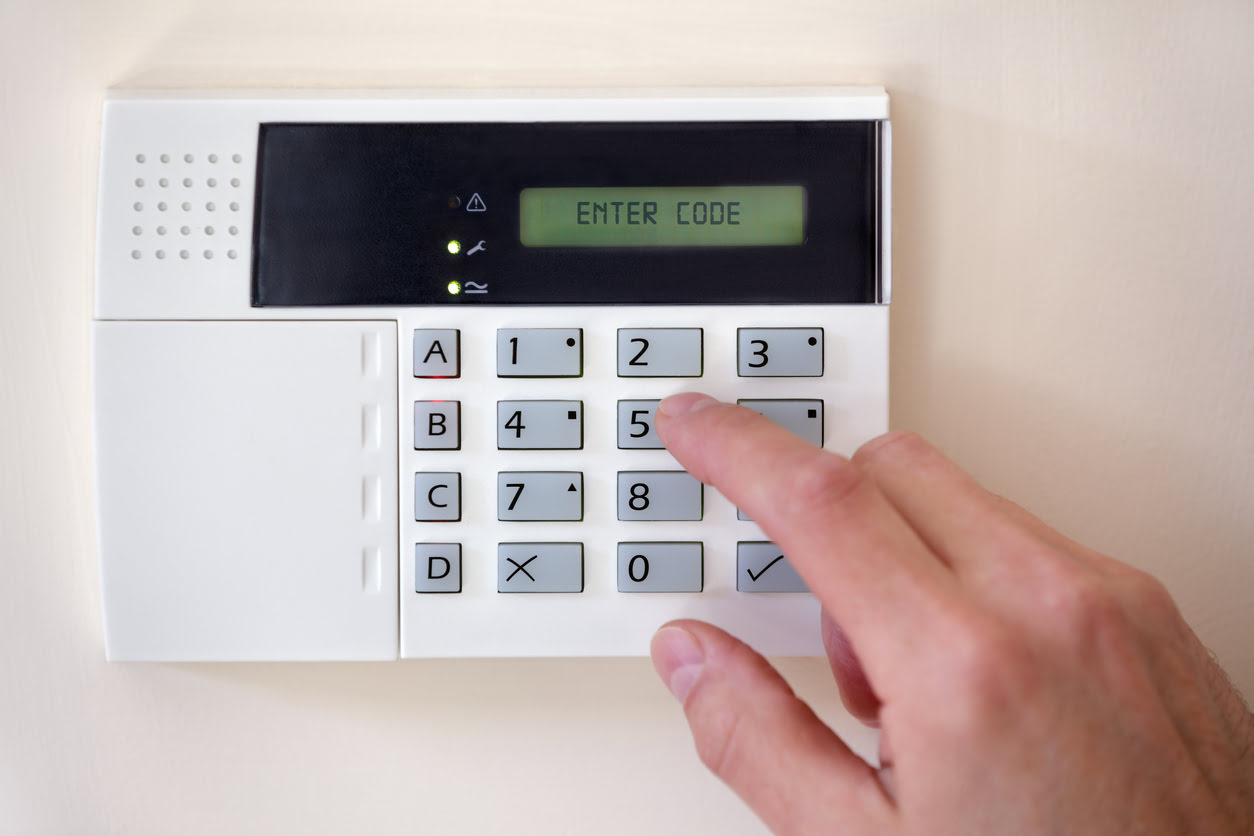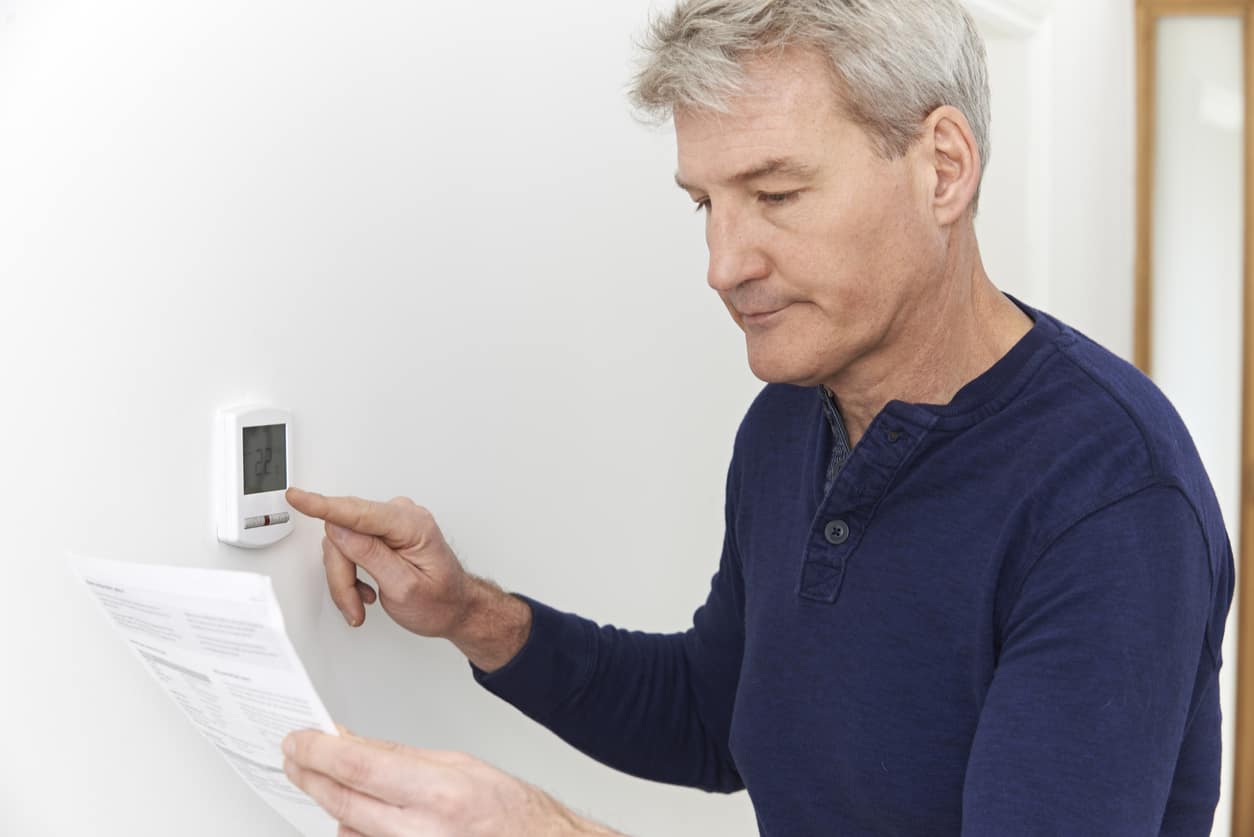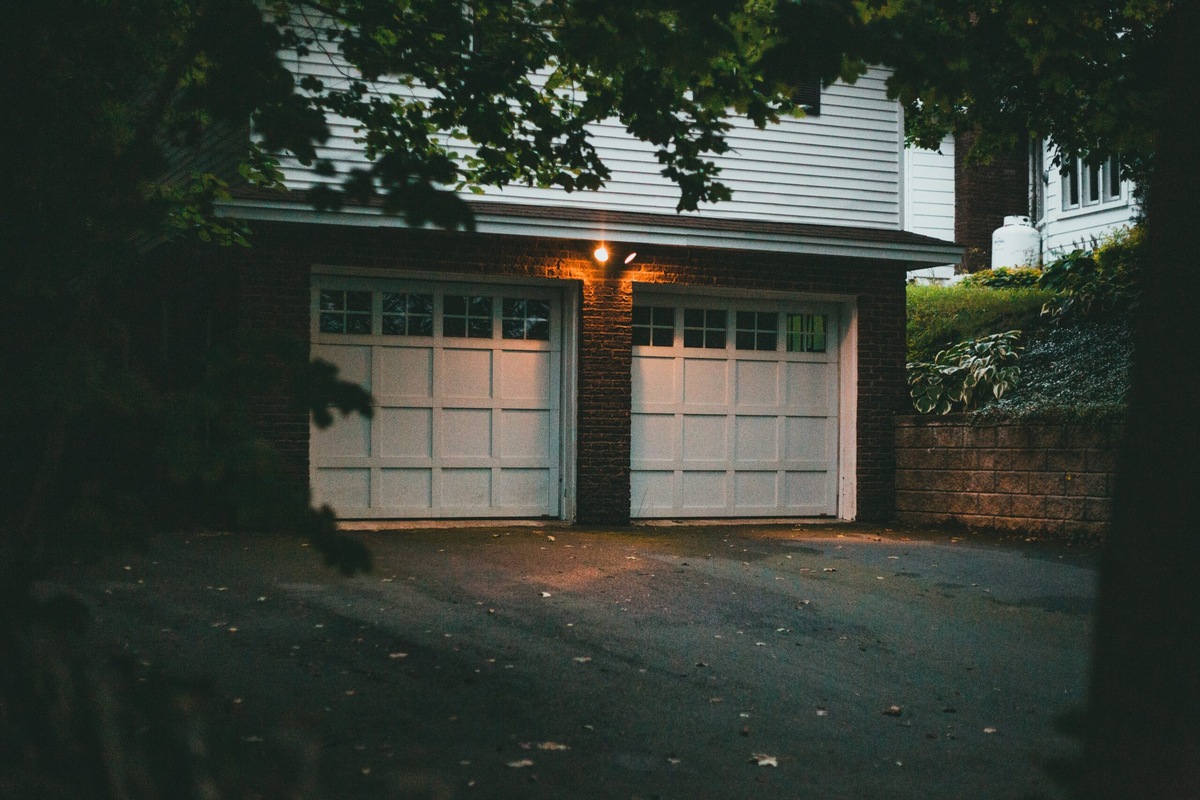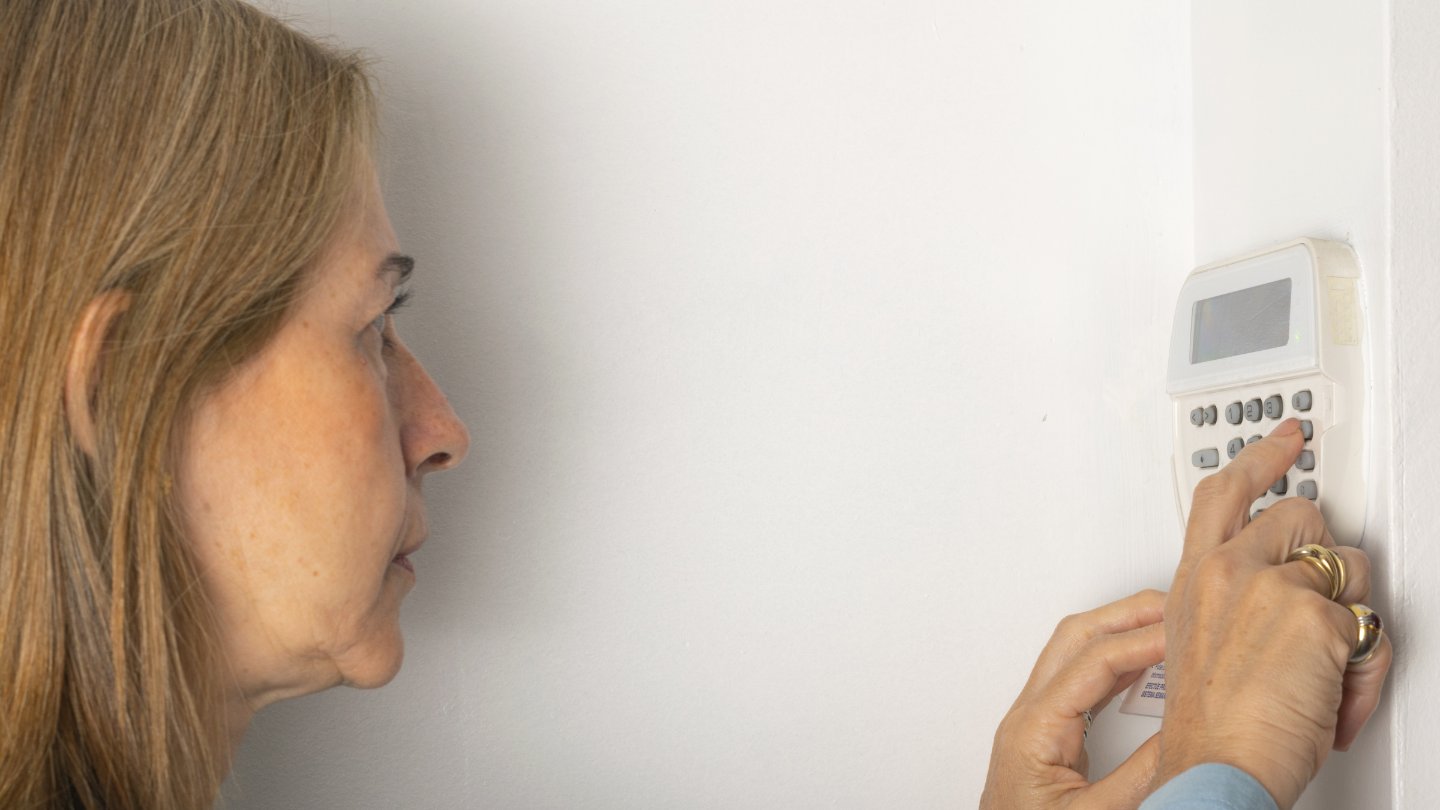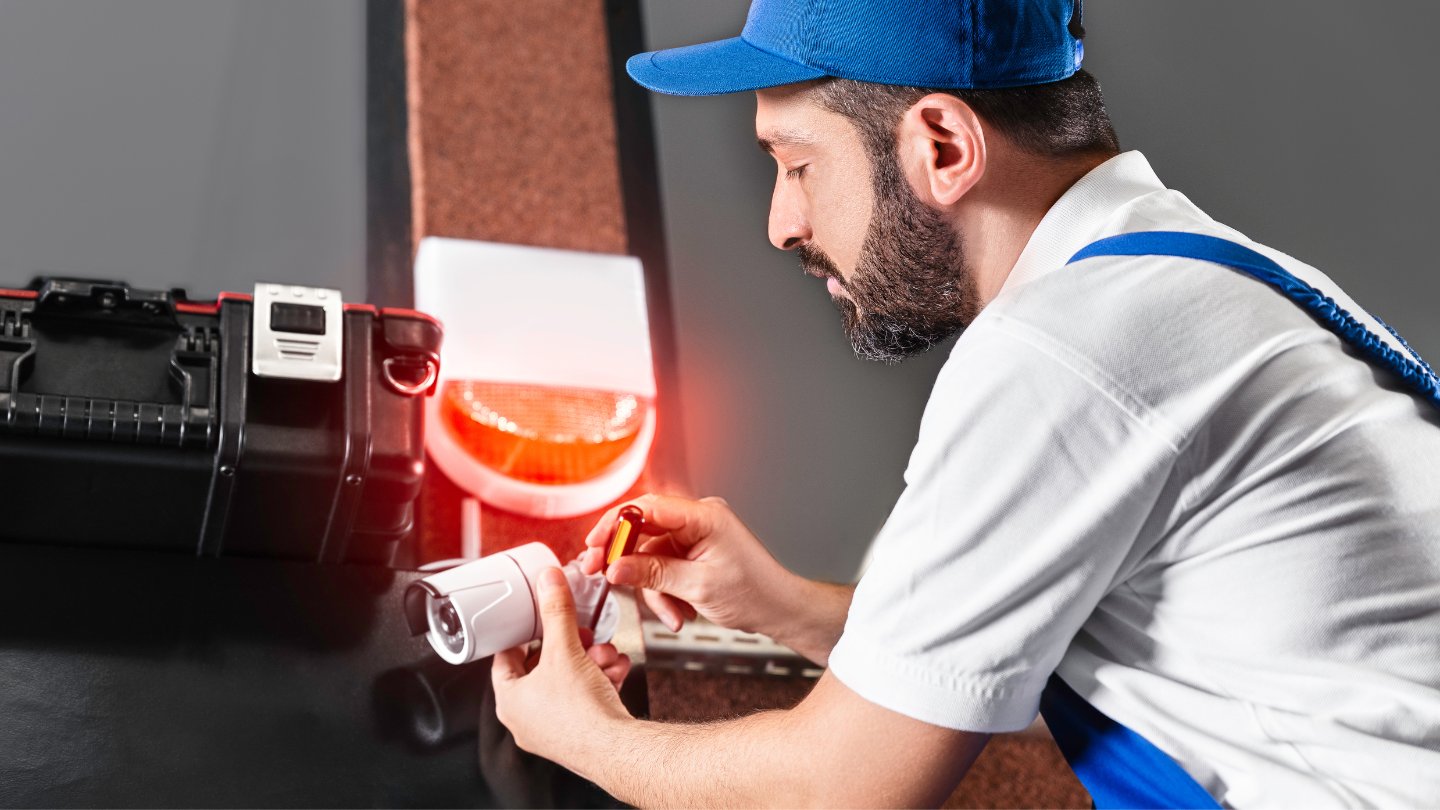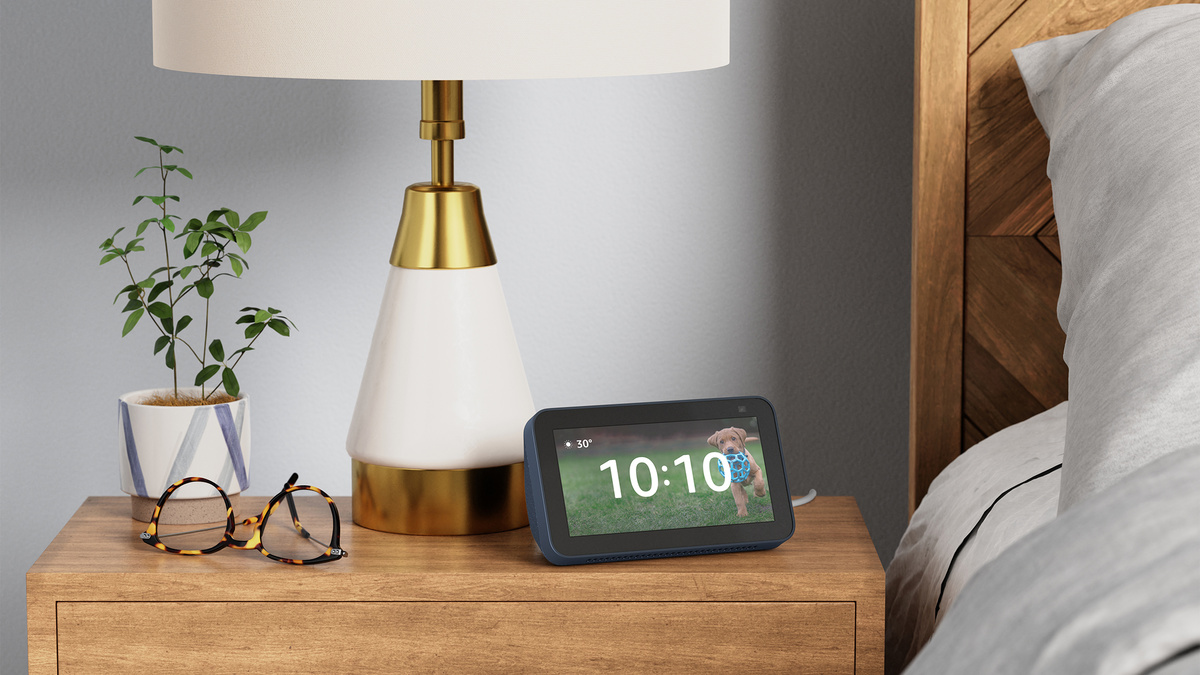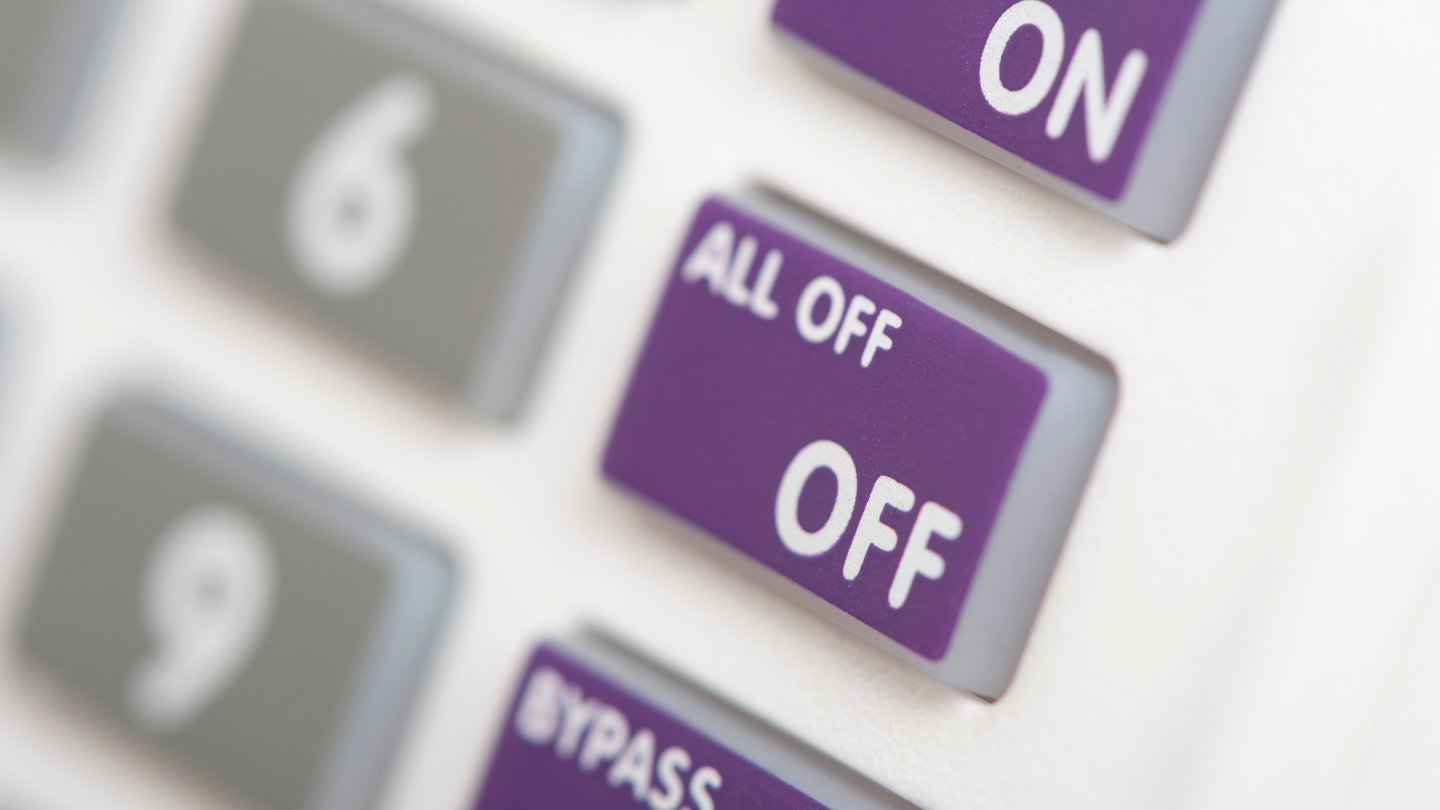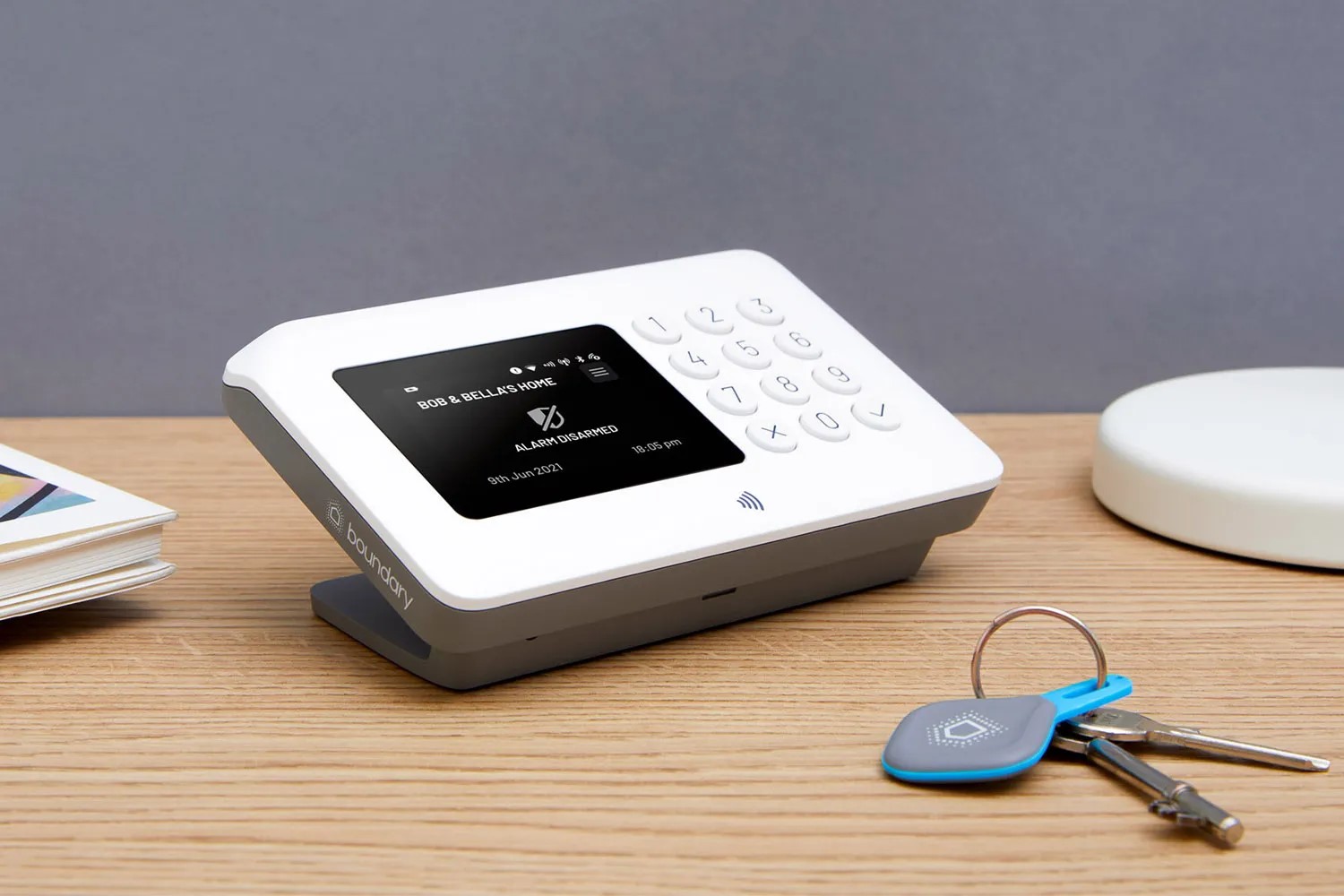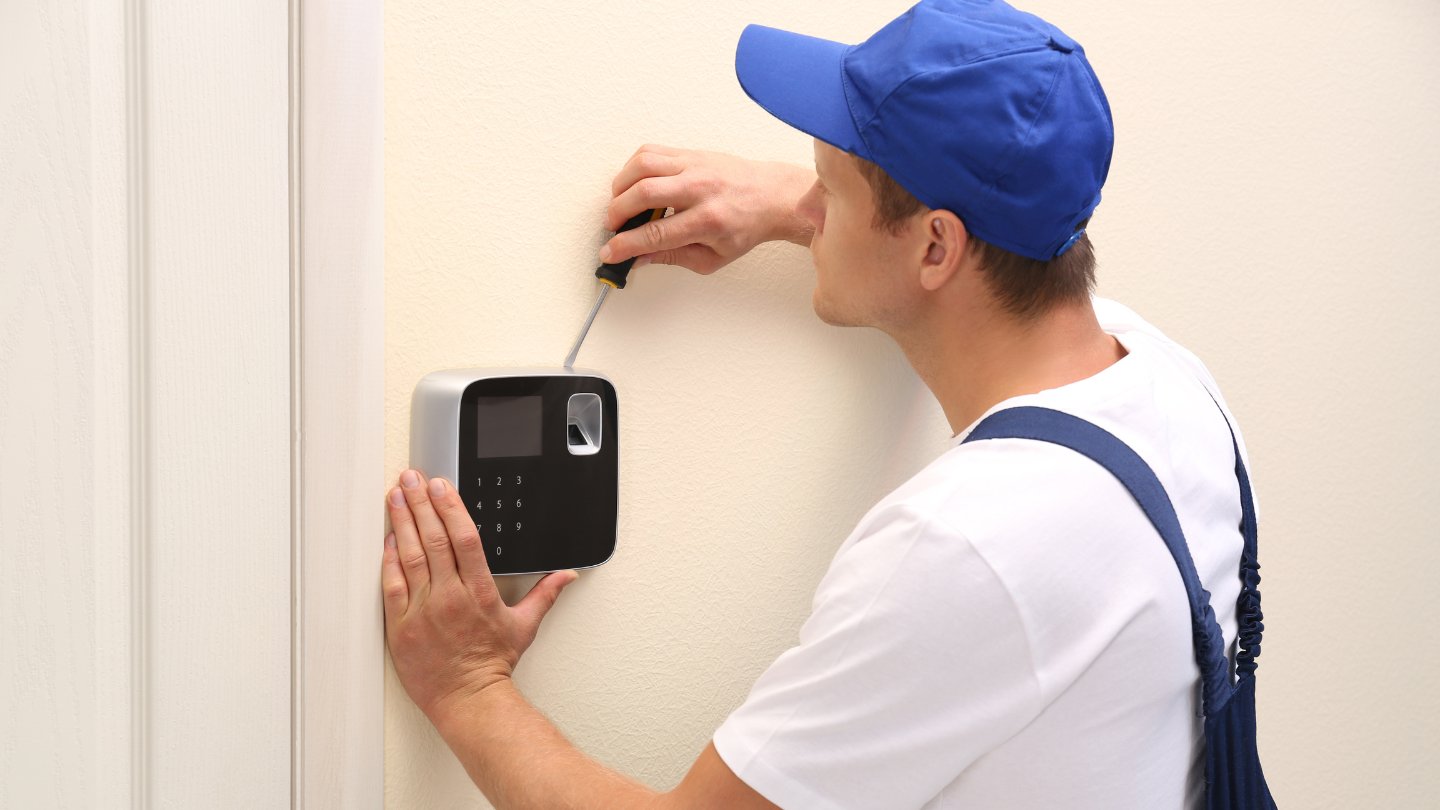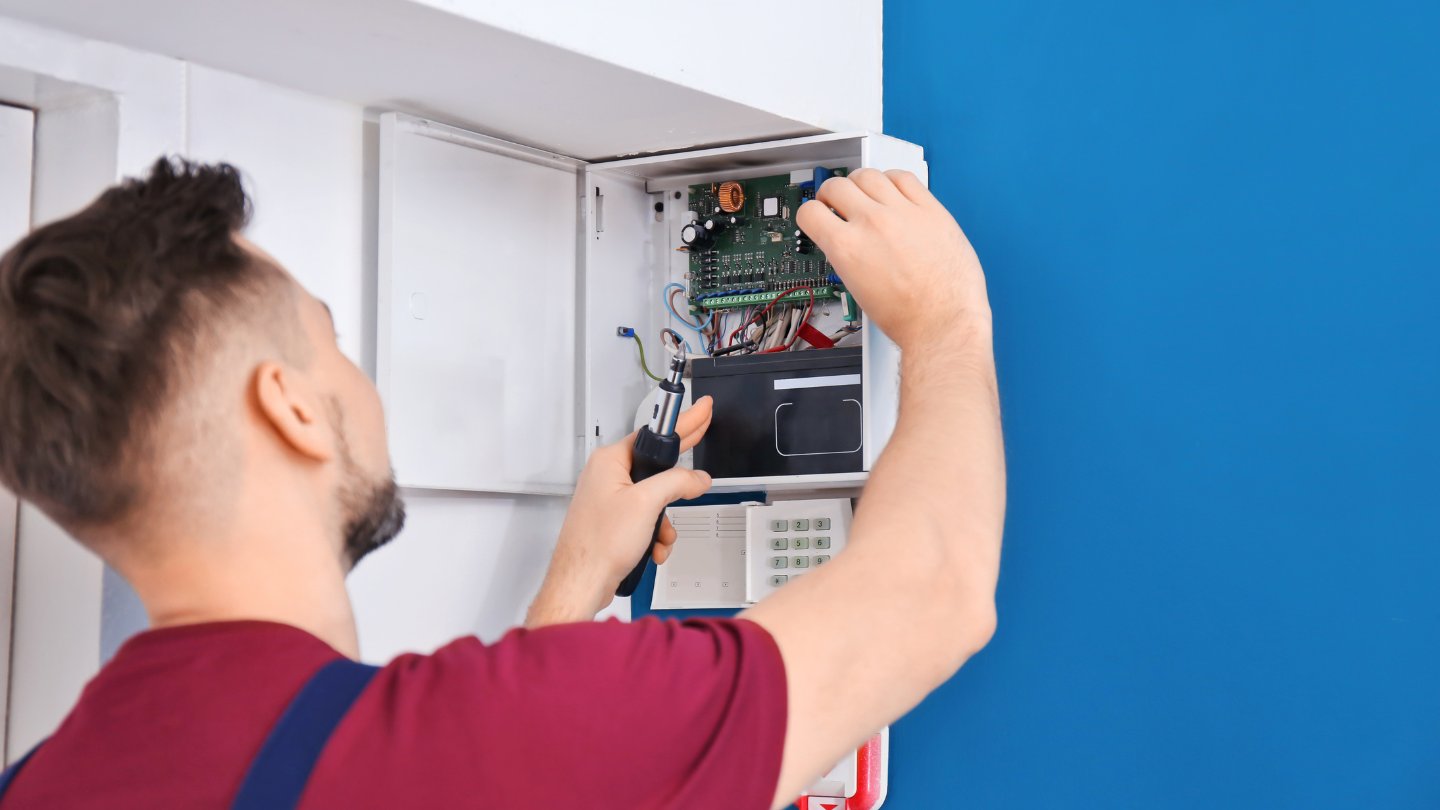Home>Home Security and Surveillance>How To Get An Old Burglar Alarm To Stop Going Off After Power Outage
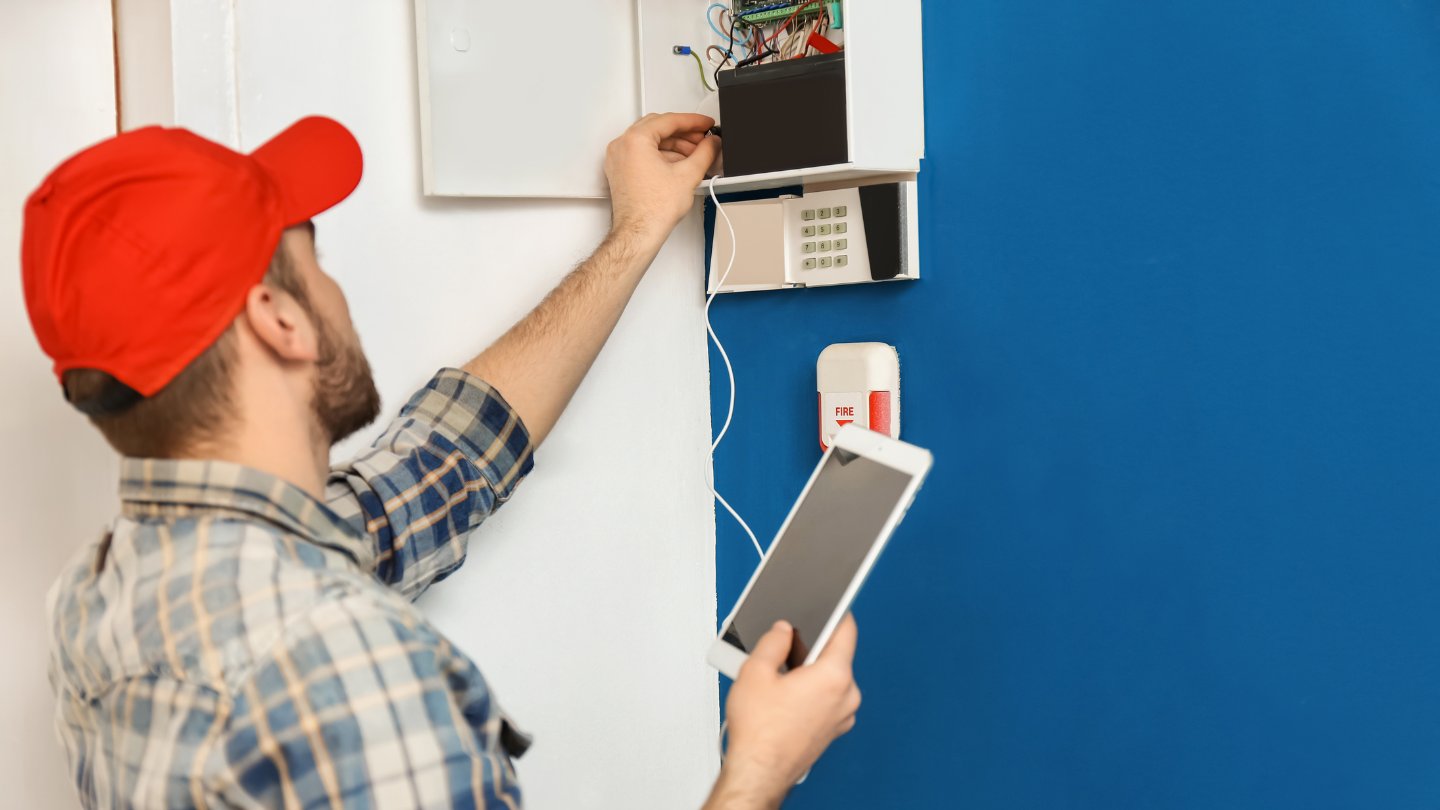

Home Security and Surveillance
How To Get An Old Burglar Alarm To Stop Going Off After Power Outage
Modified: October 20, 2024
Learn how to reset and silence your old burglar alarm after a power outage with our step-by-step guide. Ensure your home security and surveillance system is back up and running smoothly.
(Many of the links in this article redirect to a specific reviewed product. Your purchase of these products through affiliate links helps to generate commission for Storables.com, at no extra cost. Learn more)
Introduction
Welcome to our comprehensive guide on how to get an old burglar alarm to stop going off after a power outage. Dealing with a burglar alarm that continuously sounds off after a power outage can be frustrating and even stressful. However, understanding the cause and taking the necessary steps to resolve the issue can bring you much-needed peace of mind.
Power outages can wreak havoc on home security systems, especially older models that may not have the built-in safeguards to handle sudden loss and restoration of power. When the power returns, the alarm system may interpret the surge as a security breach, triggering the alarm and creating unnecessary panic.
In this article, we will provide you with step-by-step instructions to help you stop your old burglar alarm from going off following a power outage. By following these steps, you can regain control over your home security system and ensure it is functioning optimally.
Key Takeaways:
- Don’t panic when your old burglar alarm goes off after a power outage. Follow simple steps to reset, check the battery, and verify sensors to ensure your home security system functions smoothly.
- If your old burglar alarm keeps ringing after a power outage, stay calm and take immediate action. Reset the system, check the battery, and verify sensors. Seek expert help if needed for peace of mind.
Read more: How Long Will A Burglar Alarm Go Off For
Understanding the Cause of the Burglar Alarm Going Off After a Power Outage
When a power outage occurs, it disrupts the normal functioning of electronic devices, including burglar alarm systems. In the case of older alarm systems, the power surge caused by the sudden restoration of electricity can cause the alarm to go off. This is due to the system misinterpreting the power surge as a security breach, activating the alarm and triggering a response.
Older alarm systems are generally not equipped with the necessary safeguards or surge protection mechanisms to handle these power fluctuations successfully. As a result, when the power is restored, the alarm system may perceive the sudden influx of electricity as a sign of tampering or unauthorized access. Consequently, the alarm is triggered, and it may continue to sound off until the issue is resolved.
It’s important to note that this issue is typically specific to older alarm systems, as newer models are designed with built-in mechanisms to prevent false alarms caused by power outages. These newer systems have backup batteries and circuitry that can handle power disruptions without triggering unnecessary alarms.
Now that we understand why the alarm is going off after a power outage, let’s move on to the steps you can take to resolve the issue and get your burglar alarm system back on track.
Steps to Take Immediately After the Power Outage
When your burglar alarm starts going off after a power outage, it’s important to act swiftly to prevent any further disruption. Here are the steps you should take immediately:
- Stay calm: The first thing to remember is to stay calm and composed. It can be unsettling when an alarm sounds off unexpectedly, but panicking can hinder your ability to handle the situation effectively.
- Assess the situation: Determine whether there is an actual security breach or if the alarm is triggered due to the power outage. Look for any signs of forced entry or suspicious activity. If you don’t see any evidence of a break-in, it’s likely that the alarm is falsely triggered due to the power surge.
- Locate the alarm control panel: Find the control panel for your burglar alarm system. It is usually located near the main entrance or in a designated security room. Familiarize yourself with the panel and its functions.
- Enter your security code: In most cases, you can stop the alarm from sounding by entering your security code into the control panel. This code is typically provided by the alarm system manufacturer or your security company. If you are unsure of the code, consult the user manual or contact the manufacturer for assistance.
- Check for error messages: Some alarm systems display error messages on the control panel. Look for any error codes or messages that may provide insights into the cause of the alarm activation. This information can help you troubleshoot the issue more effectively.
- Disable the alarm system: If entering the security code doesn’t stop the alarm or there are no error messages, you may need to disable the alarm system temporarily. Refer to the alarm system’s user manual for instructions on how to disable the system. This will prevent the alarm from sounding while you address the underlying issue.
Following these steps will allow you to quickly address the immediate issue and gain control over the alarm system. However, keep in mind that these are temporary measures. To ensure proper functioning and avoid future false alarms, you will need to reset the alarm system and address any underlying issues.
Resetting the Alarm System
Once you have temporarily disabled the alarm system and addressed the immediate issue, it’s crucial to reset the system to ensure it functions properly. Here are the steps to reset your alarm system:
- Refer to the user manual: Consult the user manual provided by the alarm system manufacturer. The manual will contain specific instructions on how to reset your particular model of the alarm system. It will outline the steps you need to follow to restore the system to its default settings.
- Power cycle the alarm system: In many cases, resetting the alarm system involves power cycling it. Start by disconnecting the power supply to the alarm system. This usually involves unplugging the power adapter or removing a battery from the control panel. Leave the system without power for a few minutes to ensure a complete reset.
- Reconnect the power supply: After a few minutes, reconnect the power supply to the alarm system. Plug in the power adapter or reinsert the battery into the control panel. Ensure that the power connection is secure and stable.
- Enter the default settings: Once the power is restored, the alarm system will likely prompt you to enter the default settings. These settings may include the date, time, security codes, and any customized configurations you had previously set up. Follow the instructions in the user manual to input the necessary information.
- Test the alarm system: After resetting the system, it’s crucial to test it to ensure it’s functioning correctly. Arm the alarm system using your security code and trigger the sensors to confirm that the alarm activates and deactivates as expected. This will give you peace of mind that the alarm system is fully reset and operational.
By following these steps, you can successfully reset your alarm system and restore it to its normal functioning state. However, if you encounter any difficulties or the alarm system continues to malfunction, it may be necessary to proceed to the next troubleshooting steps, including checking and replacing the battery, verifying the alarm sensors and connections, or contacting the alarm system manufacturer or a professional technician for assistance.
Check the backup battery in the alarm system and replace it if it’s dead. If the problem persists, contact the alarm company for further assistance.
Checking and Replacing the Battery
One common cause of alarm system malfunctions, especially after a power outage, is a depleted or faulty battery. To ensure that your alarm system operates seamlessly, it’s important to check and, if necessary, replace the battery. Follow these steps to check and replace the battery:
- Locate the battery: The battery is typically found within the alarm system’s control panel. Refer to the user manual or consult the manufacturer’s instructions to identify the exact location of the battery.
- Power down the system: Before attempting to check or replace the battery, it’s important to power down the alarm system. Disconnect the power supply by unplugging the power adapter or removing the battery from the control panel.
- Inspect the battery: Carefully examine the battery for any signs of damage, such as leakage, bulging, or corrosion. If you notice any of these signs, it is crucial to replace the battery immediately.
- Test the voltage: If the battery appears to be in good condition, use a multimeter to test its voltage. Consult the user manual or manufacturer’s instructions to find the recommended voltage range for the battery. If the voltage falls below the recommended range, it’s time to replace the battery.
- Replace the battery: If the battery is damaged or has low voltage, it’s necessary to replace it. Purchase a new battery that is compatible with your alarm system model. Follow the manufacturer’s instructions to correctly install the new battery, ensuring proper polarity and secure connections.
- Power up the system: Once the new battery is installed, reconnect the power supply to the alarm system. Plug in the power adapter or reinsert the battery, ensuring a secure connection.
- Test the alarm system: After replacing the battery and powering up the system, it’s important to test the alarm to ensure everything is functioning properly. Arm the system and trigger the sensors to verify that the alarm activates and deactivates as expected.
Regularly checking and maintaining the battery in your alarm system is essential to ensure reliable and uninterrupted security. By following these steps and replacing the battery when necessary, you can significantly reduce the chances of false alarms and ensure that your alarm system operates at its best.
Read more: Why Did The Burglar Alarm Go Off On The Car
Verifying the Alarm Sensors and Connections
If your burglar alarm system continues to go off after a power outage, it’s important to check the alarm sensors and connections. Faulty or misaligned sensors, as well as loose or damaged connections, can trigger false alarms. Follow these steps to verify the alarm sensors and connections:
- Inspect the sensors: Start by visually inspecting all the alarm sensors in your home. Look for any obvious signs of damage, such as physical misalignment, loose wires, or broken casings. Pay particular attention to door and window sensors, motion detectors, and glass break sensors.
- Check the alignment: Ensure that all the sensors are properly aligned and positioned as per the manufacturer’s guidelines. Misaligned sensors can cause false alarms. Adjust them if necessary, making sure they are securely attached and facing the correct direction.
- Test the sensors: Trigger each sensor individually to ensure they are functioning correctly. Activate door and window sensors by opening and closing the respective entry points. Test motion detectors by walking in front of them to see if they detect movement. Use a glass break simulator or clap your hands near glass break sensors to test their responsiveness.
- Verify the connections: Carefully examine the connections between the alarm sensors and the control panel. Make sure all wires are securely connected and not loose or damaged. Check for any signs of corrosion or frayed wires. If you notice any issues, replace damaged cables or connectors as needed.
- Clean the sensors: Over time, dirt, dust, and debris can accumulate on the sensors, affecting their performance. Clean the sensors using a soft cloth or brush to remove any buildup. Avoid using harsh chemicals that could damage the sensors.
- Test the alarm system again: Once you have verified the sensors and connections, test the alarm system to ensure that the false alarm issue is resolved. Arm the system and trigger the sensors to confirm that they are working as intended.
By thoroughly checking and verifying the alarm sensors and connections, you can identify and resolve any issues that may be causing false alarms. Regular maintenance and testing of the sensors are essential to ensure the optimal performance of your burglar alarm system.
Contacting the Alarm System Manufacturer or Professional Technician
If you’ve followed the previous steps and your burglar alarm system is still going off after a power outage, it may be time to reach out for expert assistance. Contacting the alarm system manufacturer or a professional technician can help resolve complex issues and ensure that your home security system is functioning properly. Here’s what you need to do:
- Identify the alarm system manufacturer: Determine the brand and model of your alarm system. This information can usually be found on the control panel or in the user manual. Knowing the manufacturer will enable you to seek the appropriate support.
- Visit the manufacturer’s website: Go to the website of the alarm system manufacturer. Most manufacturers provide comprehensive support sections on their websites, including troubleshooting guides, FAQs, and contact information. Browse through the available resources to see if you can find a solution to your specific issue.
- Contact customer support: If you cannot find a solution on the manufacturer’s website, reach out to their customer support team. Contact information, such as phone numbers or email addresses, can typically be found on the website. Explain the problem you are experiencing and provide any relevant details about your alarm system.
- Follow their recommendations: The manufacturer’s customer support team will guide you through the troubleshooting process. They may provide step-by-step instructions or recommend specific actions to resolve the issue. Follow their recommendations carefully and provide feedback on the results of each step.
- Consider professional assistance: In some cases, the issue with your alarm system may be too complex or require specialized knowledge to fix. If the manufacturer’s support team cannot resolve the problem remotely, they may advise you to contact a professional technician. These technicians are trained to diagnose and repair alarm system issues effectively.
- Hire a professional technician: If recommended, reach out to a professional technician who specializes in alarm systems. They can assess your system, identify any underlying problems, and implement the necessary repairs or upgrades. Make sure to choose a reputable company with experience in your specific alarm system brand.
Remember, contacting the alarm system manufacturer or a professional technician should be your last resort if you have exhausted all other troubleshooting options. Their expertise can address complex issues or provide specialized solutions tailored to your specific alarm system.
By seeking expert assistance, you can ensure that your home security system functions optimally, providing you with the peace of mind you deserve.
Conclusion
Experiencing a persistently ringing burglar alarm after a power outage can be a frustrating and concerning situation. However, by understanding the causes and taking the necessary steps, you can resolve the issue and regain control over your home security system.
In this comprehensive guide, we discussed various essential steps to stop an old burglar alarm from going off after a power outage. We highlighted the importance of staying calm, assessing the situation, and immediately taking the necessary actions to disable the alarm temporarily.
We then walked you through the process of resetting the alarm system, checking and replacing the battery, verifying the alarm sensors and connections, and considering professional assistance if needed. Each step plays a vital role in addressing potential issues and ensuring the proper functioning of your alarm system.
It is crucial to remember that newer alarm systems are equipped with advanced features and safeguards to handle power outages more effectively. If you have an older model, taking proactive steps to maintain and update your system can help prevent false alarms and increase its reliability.
Regularly reviewing the user manual and seeking support from the alarm system manufacturer can provide valuable insights and guidance. Professional technicians can also offer expert assistance in diagnosing and resolving complex alarm system issues.
By following the steps outlined in this guide, you can successfully troubleshoot and resolve the issue of a burglar alarm going off after a power outage. Restoring the proper functioning of your alarm system brings back the peace of mind and confidence in your home security.
Remember, maintaining an effective burglar alarm system is an ongoing process. Conduct regular checks, perform routine maintenance, and stay up-to-date with the latest security technologies and practices, so you can ensure the safety and protection of your home and loved ones.
Frequently Asked Questions about How To Get An Old Burglar Alarm To Stop Going Off After Power Outage
Was this page helpful?
At Storables.com, we guarantee accurate and reliable information. Our content, validated by Expert Board Contributors, is crafted following stringent Editorial Policies. We're committed to providing you with well-researched, expert-backed insights for all your informational needs.
